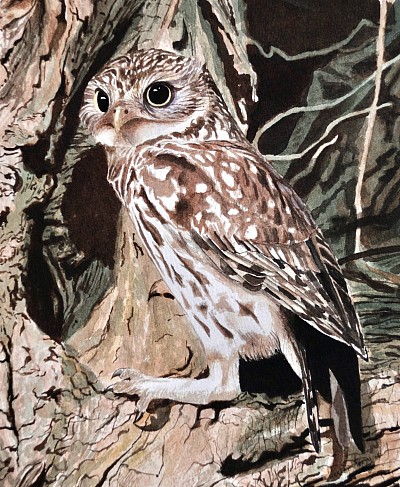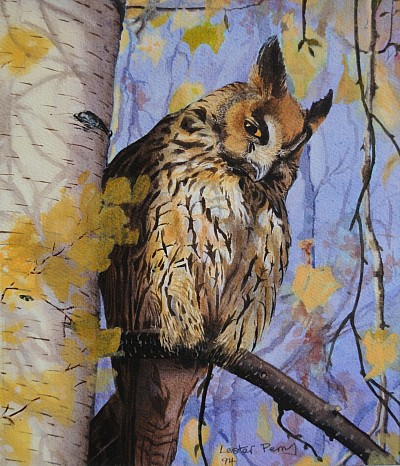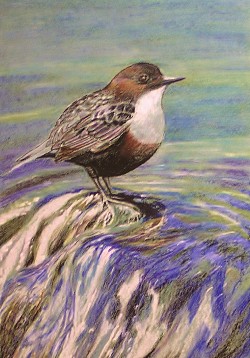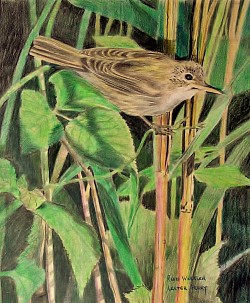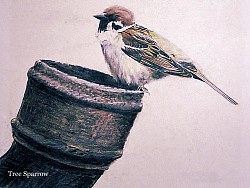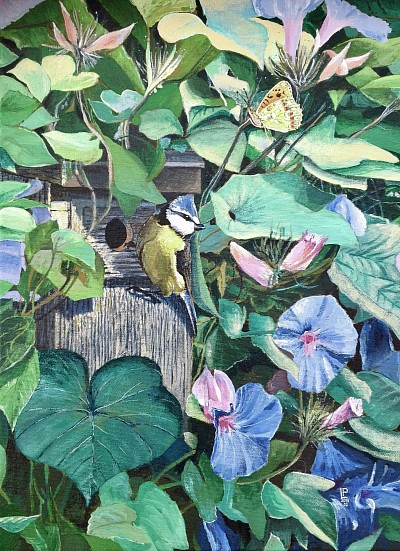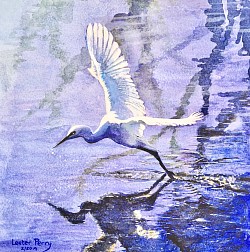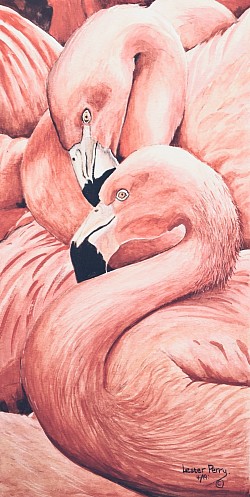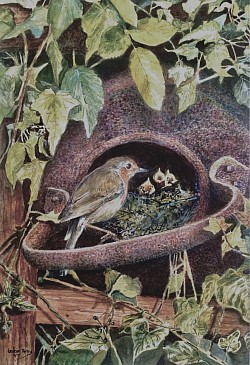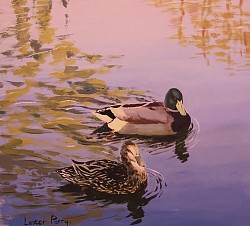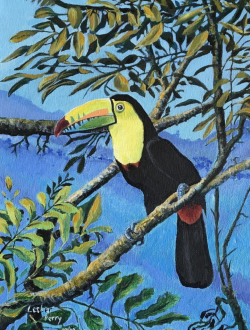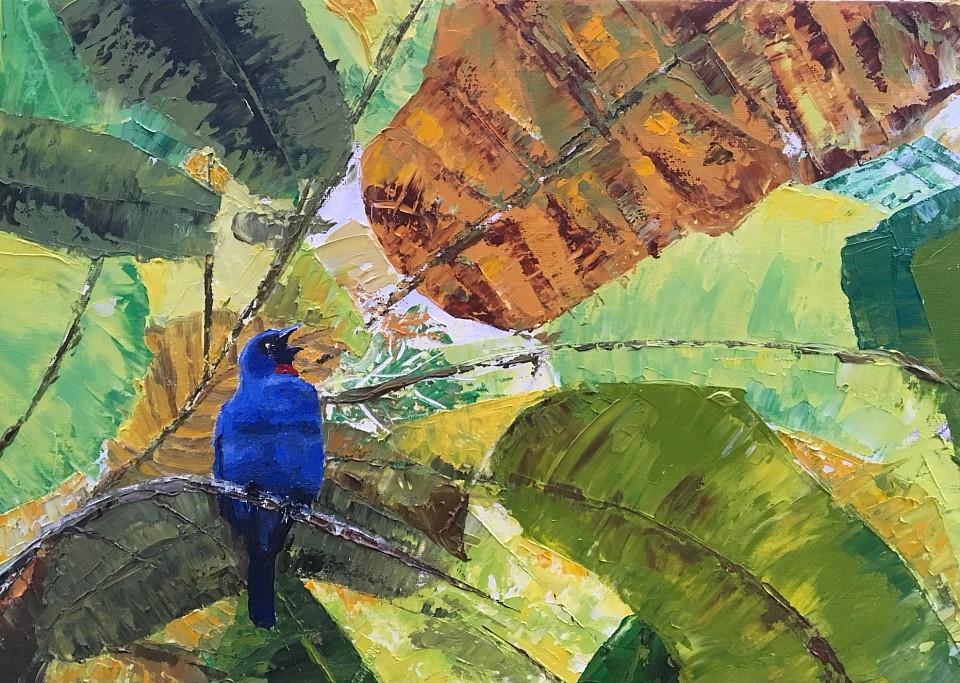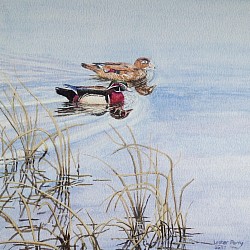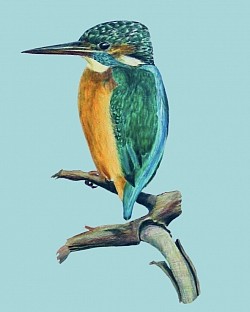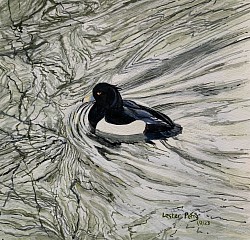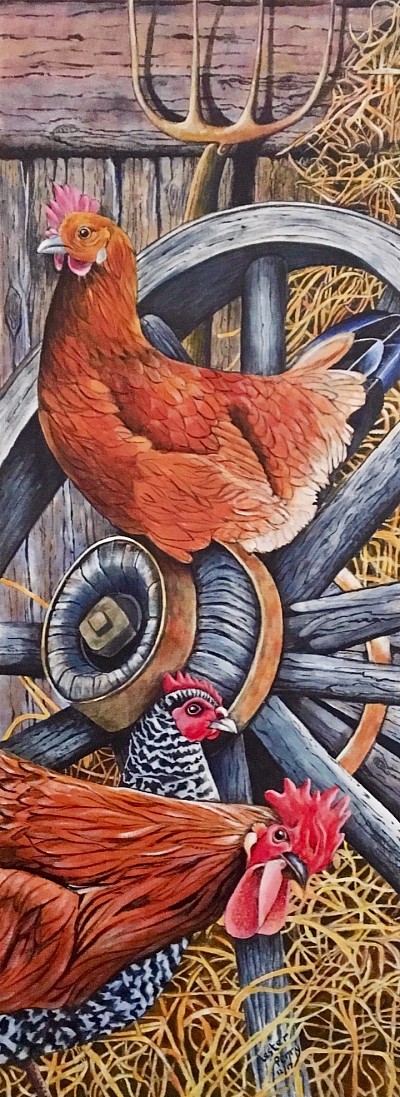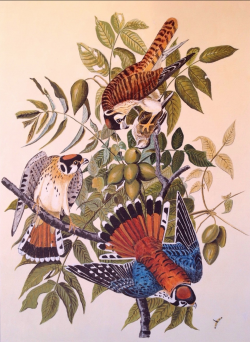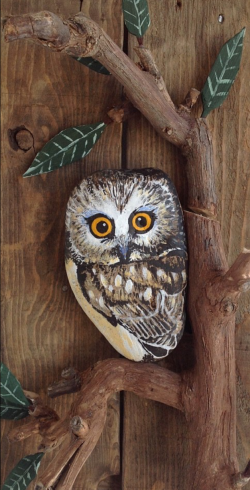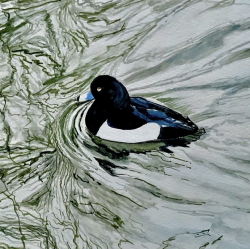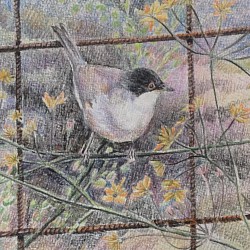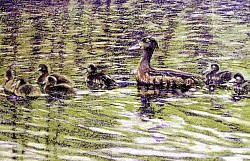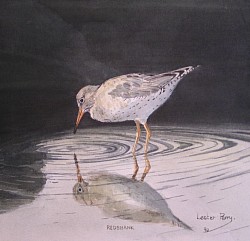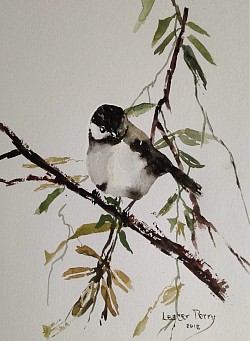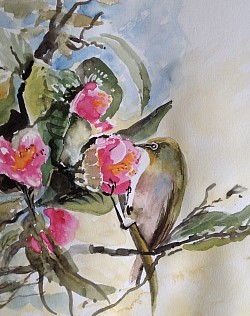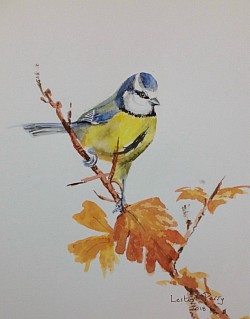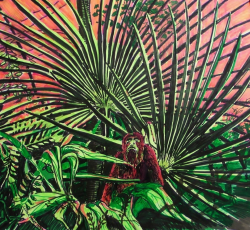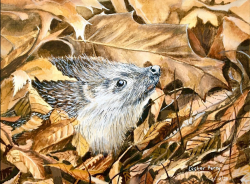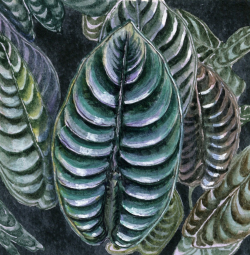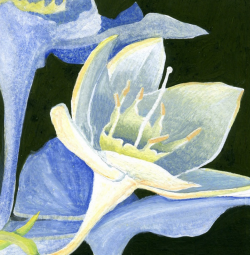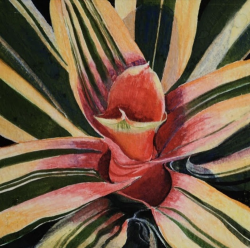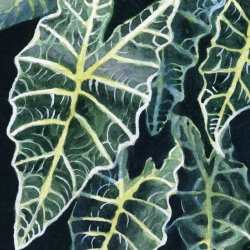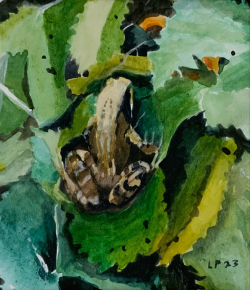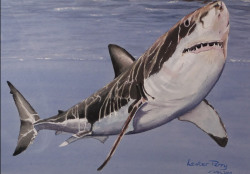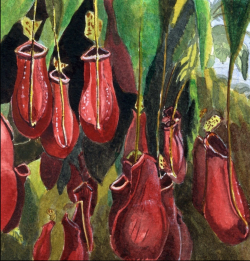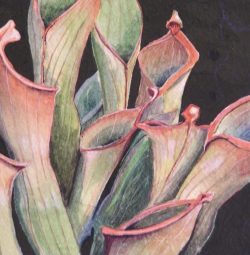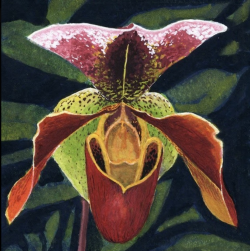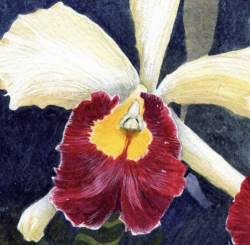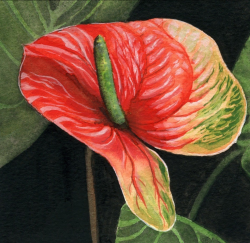GALLERY 1
LITTLE OWL.
Although mainly nocturnal, the little owl can be spotted in the day hunting invertebrates (especially worms), small mammals, reptiles, amphibians and small birds. It is often seen perched a telegraph pole, an old parkland tree, along a hedgerow, or on a rock; from these positions, it quietly scans the ground for prey.
HOW TO INDENTIFY. The little owl is small and brown, with a short tail and yellow eyes.
LONG EARED OWL.
HOW TO IDENTIFY.
The long-eared owl is mottled brown, with big, orange-red eyes and long wings. Long 'ear tufts' provide its common name. The similar short-eared owl is paler, with yellow eyes and short ear tufts and is usually found near grassland and saltmarshes.
BLUE TIT
ABOUT.
Smaller than the great tit, the blue tit is also a bird of woodland, parks and gardens. It nests in holes in trees, but is just as happy to use nestboxes. Blue tits are active feeders, hunting out insects and spiders among the smaller branches and leaves of trees in woodlands.
HOW TO IDENTIFY.
The blue tit is a colourful little bird with a blue cap, white cheeks, black eye-stripes, a green blue back, yellow belly, and blue wings and tail.
CHICKENS IN THE BARN
Enjoyed painting this piece greatly as it shows the inquisitive nature of chickens forever on the quest for food. Our small number of chickens exhibit all the same qualities and reveal the complex structure of the social network and hence so called pecking order that every flock establishes.

